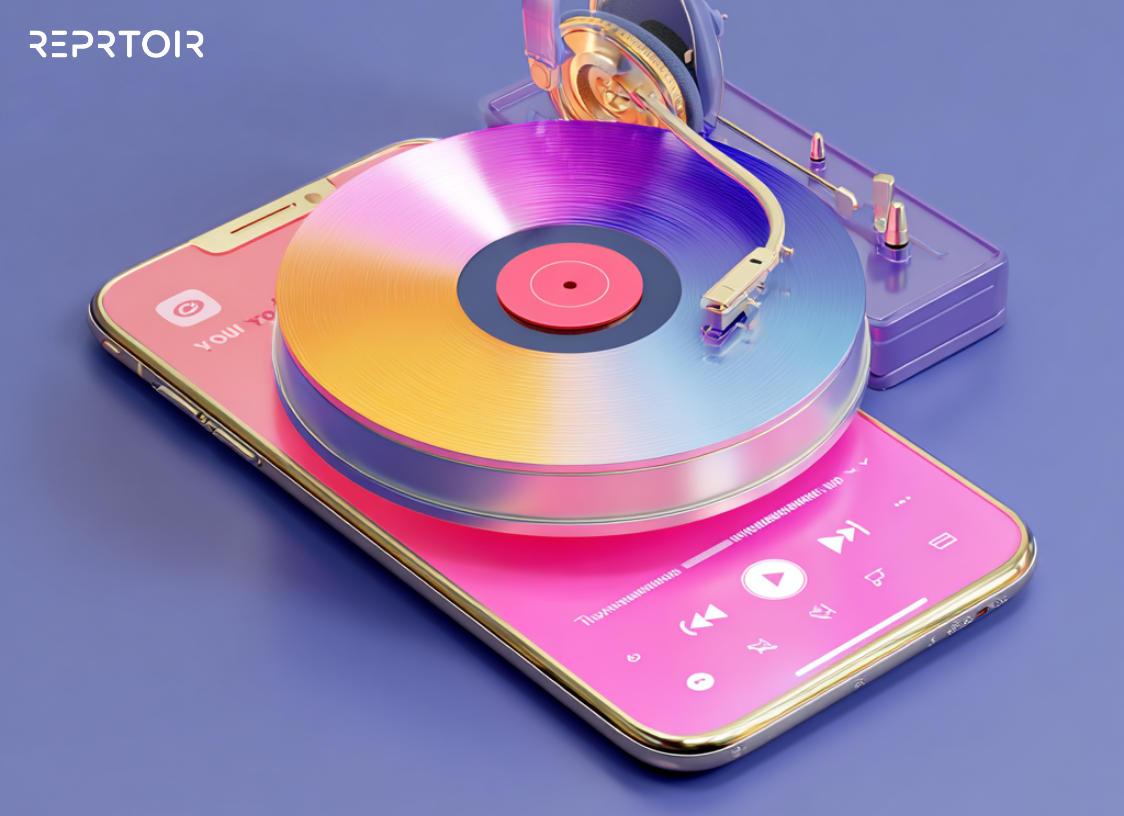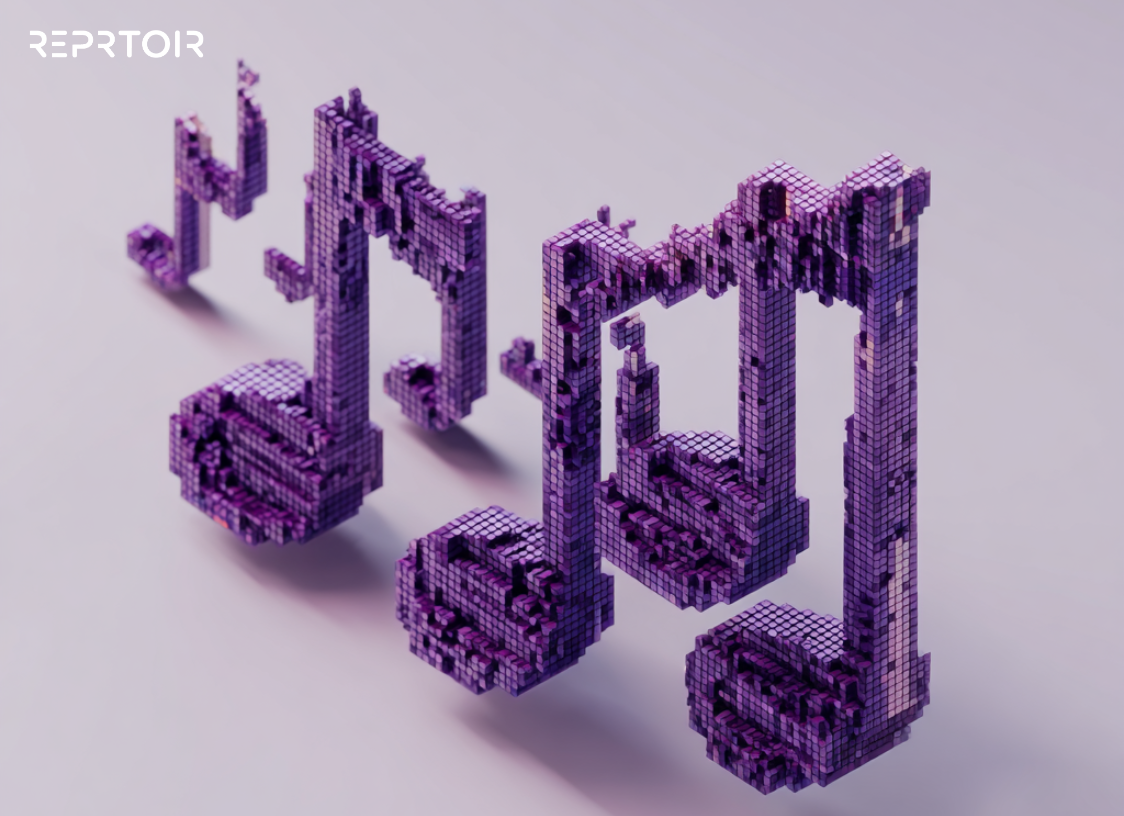Every few years, headlines resurface claiming that ‘classical music is making a comeback’. But for those within the industry, it never really left. Instead, it’s been quietly evolving by reshaping itself to stay relevant in a fast-evolving musical and digital landscape.
The genre’s latest resurgence is about innovation, storytelling, and how technology and new platforms are helping classical artists reach broader, younger audiences than ever before.
A recent survey by the Royal Philharmonic Orchestra (UK) found that 65% of people under 35 said they listen to orchestral/classical music regularly, up from 59% in 2018. The same RPO study showed that classical/orchestral was the genre showing the biggest net increase in discovery, rising by 10 % (to 25 %) in one year.
In this article, we’ll explore how classical music is evolving through technology, social media, and new artist development initiatives that are helping the genre reach wider, younger audiences.
The Quiet Force Behind the “Comeback”
Classical music has always been at the heart of music’s evolution. From symphonic film scores influencing pop culture to conservatory-trained musicians driving experimental genres, classical artistry continues to underpin much of today’s sound.
Yet what’s changing now is visibility.
Emerging data from music education and streaming sectors shows that more listeners, particularly Gen Z, are discovering classical through nontraditional channels.
Playlists like “Focus Piano” or “Cinematic Strings” on Spotify, or the massive surge in classical content on YouTube and TikTok, are reintroducing orchestral music to audiences who might never set foot in a concert hall.
TikTok’s Crescendo Effect
One of the most exciting developments is happening on TikTok. The platform’s UK Crescendo Accelerator specifically supports classical creators, giving musicians access to marketing resources, mentorship, and production tools to help them grow online.
This initiative shows how short-form video, once thought to favor pop and viral hits, can also become a gateway for artist development within classical music. The result? A new kind of classical influencer who connects authenticity with accessibility.
The Rise of Classical-Tech Collaborations
Meanwhile, technology continues to reshape classical creation and consumption. Artificial intelligence (AI) and machine learning tools are being explored to enhance composition and production processes. They allow artists to analyze performance dynamics, explore new tonal palettes, and co-compose with generative AI models.
For forward-thinking institutions and labels, this technological integration represents an evolution in music marketing strategy. It gives traditional repertoire a new digital context while helping classical musicians stay competitive in a market increasingly driven by data and personalization.
New Platforms, New Partnerships
Another signal of the genre’s vitality is collaboration between classical organizations and digital-first platforms.
The Violin Channel recently highlighted TikTok’s partnership with London’s Southbank Centre to launch a new initiative promoting classical music to wider audiences. The campaign combines live performance content, educational snippets, and community engagement to spark curiosity among users unfamiliar with the genre.
This kind of partnership reflects a larger industry shift. Major institutions are realizing that digital is the new concert hall. Via hybrid performance models, livestreams, and interactive content, classical musicians are connecting with global audiences in ways that were unimaginable a decade ago.
Artist Development in the Modern Era
As classical music evolves, so does what it means to build a career within it. Behind every “comeback” headline lies the ongoing work of artist development, a process that’s becoming more dynamic and entrepreneurial than ever.
Here’s how classical artists develop themselves in the modern era:
- Classical musicians are expanding their skill sets, mastering digital marketing, social storytelling, and cross-genre collaboration to stay relevant in the streaming era.
- Artist agencies and management teams now look beyond bookings and repertoire, placing equal emphasis on brand-building, content strategy, and long-term audience engagement.
- A holistic approach to career growth is helping musicians sustain visibility and creative momentum in a fast-moving digital landscape.
- Many are diversifying with new income streams like Patreon-funded projects, immersive online masterclasses, and partnerships with tech brands that bridge tradition and innovation.
The Industry’s New Narrative
For industry experts, the so-called classical revival underscores a broader truth: music marketing is now as much about narrative as it is about notes.
The musicians who thrive communicate purpose, whether preserving cultural heritage, championing diversity in orchestras, or reinterpreting classical works for contemporary audiences.
As the genre continues to merge tradition with technology, the lines between classical and contemporary are blurring.
So, Is Classical Music Really Making a Comeback?
Perhaps “comeback” isn’t the right word. Classical music has simply been evolving in plain sight by quietly influencing modern music, embracing technology, and finding new ways to engage audiences.
As platforms like TikTok, AI tools, and digital performance spaces expand, the next generation of classical musicians will redefine the old masterpieces. And in doing so, they’ll prove that classical music doesn’t need to come back. It’s been here all along, waiting for the world to listen differently.
At Reprtoir, we can grow your business by helping you with catalog management, release building, royalty accounting, music sharing, etc.










